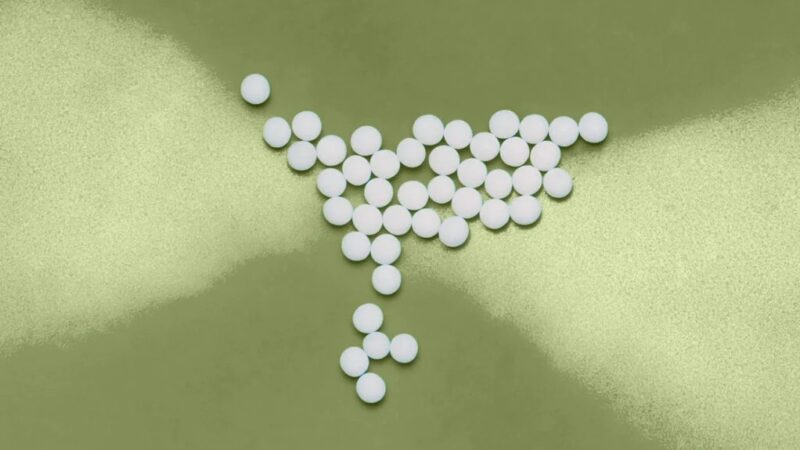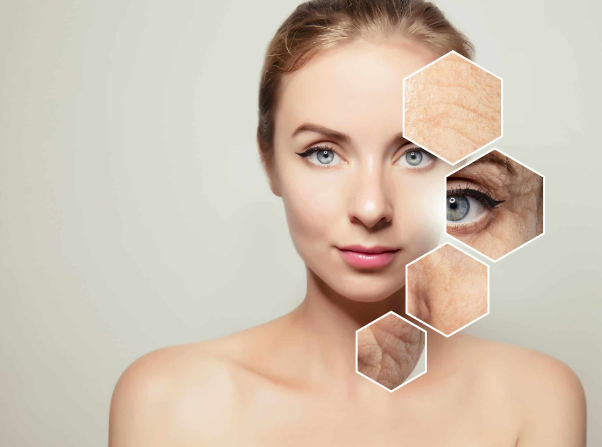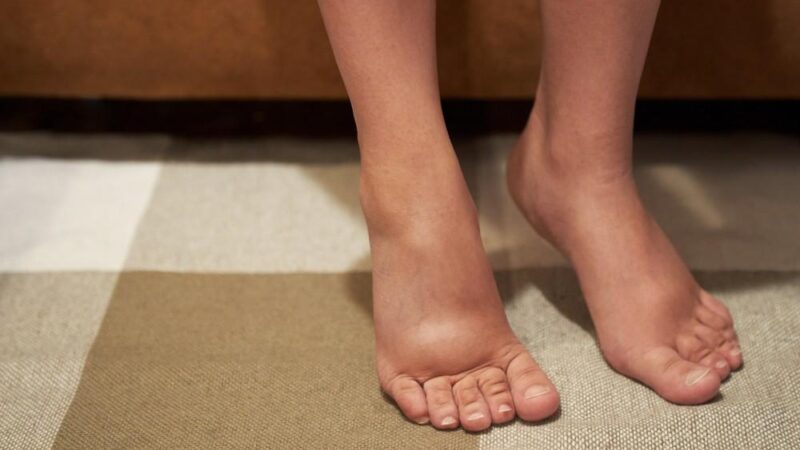Treatments for Uterine Fibroids

Did you know there are several treatments available for uterine fibroids? Depending on the size and location of your fibroids, your doctor may recommend one of several treatment options. Miami fibroids can affect your fertility and quality of life, so you need to discuss all the available treatments with your doctor.
The diagnosis of uterine fibroids is made through:
- Ultrasound: An ultrasound uses sound waves to create a picture of your uterus. The doctor can see the fibroids in this picture and measure their size.
- Magnetic resonance imaging (MRI): This technique is used to get more detailed images of the uterus, which may be helpful when diagnosing fibroids that are difficult to see on an ultrasound.
- Hysteroscopy is an outpatient procedure in which a thin, lighted instrument (called a hysteroscope) is inserted through your vagina into your uterus to get a better view of the fibroids.
These are the causes of uterine fibroids:
- Hormonal imbalance: Uterine fibroids grow in response to the hormones estrogen and progesterone, both of which are produced by the ovaries. An imbalance of these hormones can cause fibroids to grow and make existing ones larger.
- Genetic factors: Fibroids tend to run in families, so if someone in your family has them, you may be more likely to develop them.
- Age: When you age, your risk of developing fibroids increases. This can be caused by hormone changes as you move through menopause.
- Obesity: Studies have shown that obese women are more likely to develop fibroids than those of normal weight.
Uterine fibroids treatment
These are some of the treatment options you should know:
Medication
If your fibroids are not causing too many symptoms, your doctor may recommend medication to help manage the symptoms. Hormonal birth control pills, patches, or rings can help reduce heavy periods and pain associated with uterine fibroids.
Surgery
Your doctor may recommend surgery if your fibroids are large or cause severe symptoms. Surgery is usually done in an outpatient setting, and a few different types of surgery can be used to remove uterine fibroids.
Uterine artery embolization (UAE)
Uterine artery embolization (UAE) is a minimally invasive procedure in which tiny particles are injected into the uterine artery to block blood flow to the fibroids, causing them to shrink.
Myomectomy
A myomectomy is a procedure in which only the fibroids are removed, leaving the uterus intact. This procedure is usually done when you want to preserve your fertility. You can also have a laparoscopic myomectomy, less invasive than traditional open surgery.
Hysterectomy
A hysterectomy is the surgical removal of the uterus. This is usually reserved for cases where other treatments have been unsuccessful or if you do not want to preserve your fertility. It is advisable to discuss all of your options with your doctor before deciding on a hysterectomy.
Radiofrequency Ablation
Radiofrequency ablation (RFA) is a newer procedure using heat energy to shrink fibroids. It is less invasive than surgery and can be effective in reducing symptoms associated with fibroids.
Discuss the available treatments for uterine fibroids with Peter A Khamvongsa, FACOG, FACS, IF.







